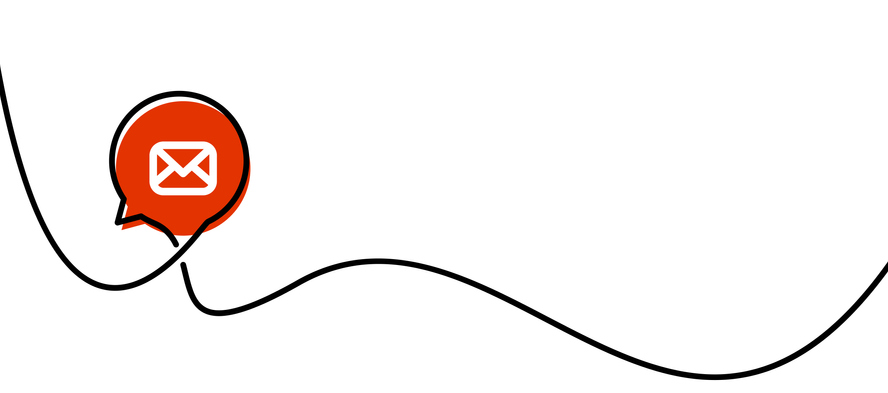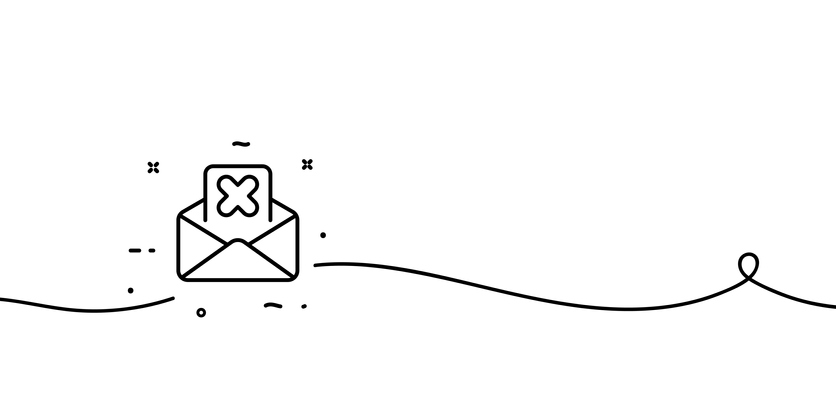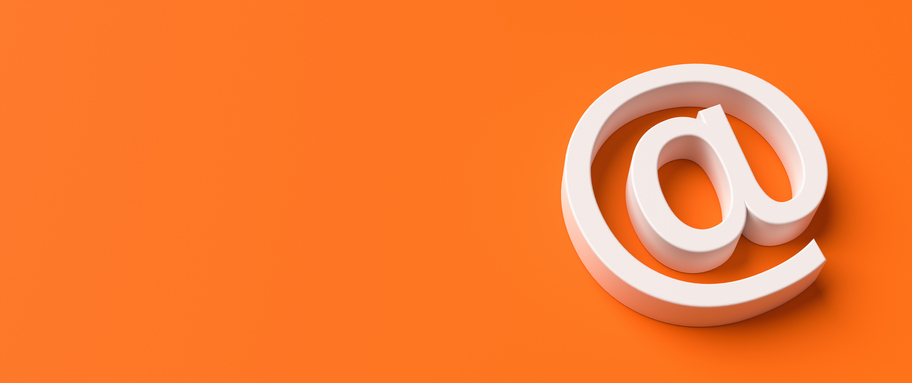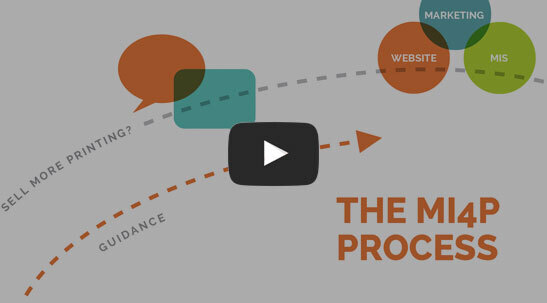Boost Open Rates with Your Email Preheader: 10 Dos and Don’ts

Email marketing is a powerful tool that keeps your print business connected with your print buyers and drives conversions.
However, for your email campaign to succeed, you must be certain your intended recipients will open and read each email.
One of the best ways to ensure this is by optimizing your email preheader text, which can have a significant impact on the success of your email campaigns.
Continue reading to learn more about how you can maximize the effectiveness of your email preheader and get the most out of your email marketing efforts.
What is an Email Preheader?
An email preheader is the text that appears right after your subject line in the inbox of your print buyers. This text provides further context to your email and can pique the recipient’s interest in reading what you have to say.
It also makes it easier for them to decide if it is worth opening your email or not. By optimizing this area of your email, you can improve the odds of your emails being opened and read, resulting in higher open rates for your campaigns.
Are Preheaders and Preview Text Different?
Although often used interchangeably, preheaders and preview text are two different things.
Preview text is the snippet of the email that appears after the subject line but before the preheader in some email clients. It gives readers a quick glimpse as to what the content of your message is about.
On the other hand, a preheader is the small amount of text that appears after the preview text, if there is any. It gives readers a better understanding of what they can expect from the email and allows you to further engage with them.
Ensure your emails get opened and read with our list of the top 10 dos and don’ts for crafting the perfect preheader.

10 Dos and Don’ts for Writing an Effective Preheader
Do:
1. Keep your preheader short and to the point
Your preheader should be no longer than 50-100 characters in length. Anything more will take away from its impact and limit the amount of information you can include.
2. Include keywords
What topics or terms are related to your email? Putting these words in your preheader will make it easier for people to identify the subject of your message.
3. Be descriptive
Describing what’s inside can be a great way to get people interested and increase open rates. Let subscribers know why they should click through and read the entire email.
4. Add urgency
Adding an element of urgency to the preheader can help to encourage people to open your email sooner. Try using language like “limited time offer” or “only today.”
5. Keep it relevant
The content of your preheader should be closely related to the main message you’re trying to convey in the email.

Don’t:
1. Overdo it
Keep things concise and to the point. Don’t cram too much information into your preheader, as this can be off-putting or confusing for recipients.
2. Use clickbait tactics
Clickbait techniques might get people to open your email, but it won’t keep them reading. Be honest with your preheader, and make sure the content matches what’s inside.
3. Include any personalization
Personalized information like names or locations can take up valuable space in the preheader and may limit its effectiveness.
4. Make it too long
As mentioned earlier, preheaders should be no longer than 50-100 characters in length. Anything more can distract from the main content of the email.
5. Forget to test
Always take the time to test different versions of your preheader to see what works best for your audience. Then track opens and clicks to identify the phrases most effectively increase engagement.
By following these dos and don’ts, you can ensure your preheaders effectively boost open rates for your email campaigns. Try out different ideas and see what works best for you – the results may surprise you!

What are Some Additional Pointers for Creating Effective Preheaders?
When creating your preheaders, make sure to keep the following tips in mind:
- Use action-oriented words – Words like “Learn,” “Discover,” and “Unlock” can be great for getting people interested in your emails.
- Try different formats – There are many different ways to format your preheader, so experiment with different techniques and see which ones work best for you.
- Add emojis – Emojis can be a great way to draw attention to your message and make it more eye-catching. Just make sure not to go overboard!
- Consider adding CTAs – A call-to-action (CTA) can be a great way to encourage readers to take action and click through.
- Leverage A/B testing – Try out different versions of your preheaders and track engagement rates so you can identify what works best for your audience.
Remember, email preheaders are all about beginning well. The email is the follow-through.

